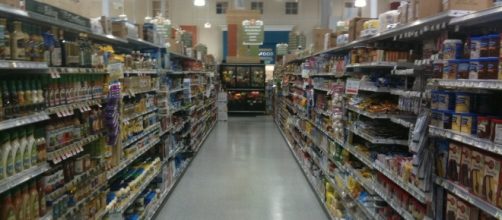Retail companies depend on consumers to survive. They hope that consumers spend lots of money on the services or products they offer. On the other hand, consumers think quite the opposite and hope that they don’t overspend and only buy products they need. This applies to most people, unless they are rich and money doesn’t really matter to them.
Big corporates spend money on marketing to promote their businesses. However, some companies have certain techniques to make consumers spend more money than they originally planned - and they work!
Decoy Effect
A person will look a lot more attractive if he or she is sitting next to a not-so-attractive person. This is also the same with Retail companies. Often, they place a high priced product next to a less expensive one, making the first product more attractive to buy; this is known as the Decoy Effect.
For instance, a vendor is selling popcorn at one dollar, $3, and $4 for small, medium and large respectively. Consumers will likely choose the $4 popcorn because they think that they will save money.
According to The Economist, Dan Ariely, a professor at MIT, conducted a study with his students to illustrate the decoy effect. Ariely divided his students into two groups, and both groups were offered a magazine subscription.
The first group was offered a web-only subscription for $59, and $125 for a web and print subscription. As expected, 68 percent of the first group chose the less expensive one. Meanwhile, the second group was offered a web-only subscription for $59, a print-only subscription for $125, and a combination of web and print subscription for also $125.
This time, 84 percent of the second group of students chose the more expensive offer with both the web and print subscription because they thought that they were getting a great deal.
The illusion of scarcity
Most consumers have probably seen grocery stores offer a specific product with a per-customer limit. For instance, a gallon of milk for $1.99 but is limited only to four items for one customer.
This will make consumers think that there’s a shortage of milk, so they end up buying more milk that they actually need.
According to PsycNET, a 1975 study showed that people tend to rate products that are fewer in numbers more valuable than products that are in abundance. During the study, researchers presented two identical cookie jars to participants, with one jar having 10 cookies while the other contained only two. The results indicated that the participants rated the second jar more valuable than the first one simply because there were fewer cookies inside it.


